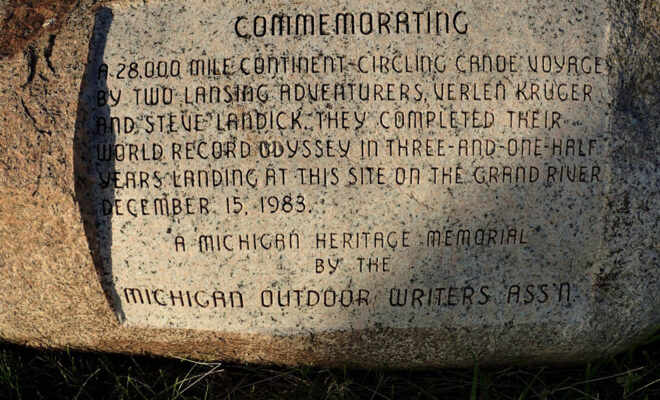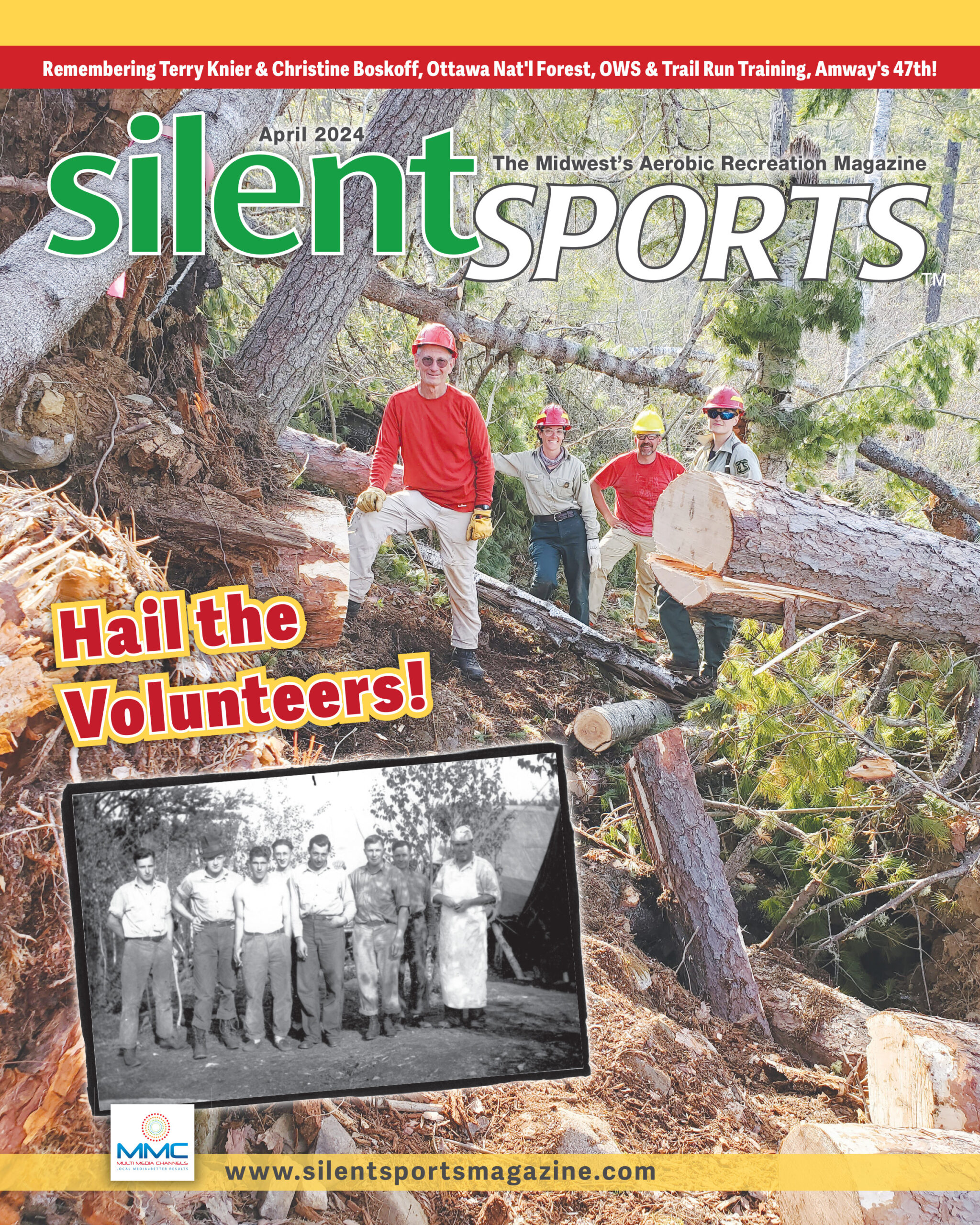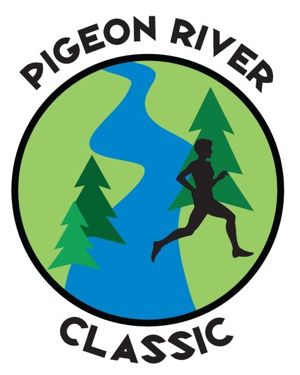Steve Landick: The Ultra of Ultra-Distance Paddlers

By Rebecca Davis
[Please add your thoughts by scrolling way (way) down to the comments box. Thank you!]
Editor’s Note: A highly accomplished and respected paddler herself, Rebecca Davis has the pleasure of counting ultra-ultra paddler Steve Landick as a friend. Lucky for us, too, as she convinced her friend to sit for a phone interview about his inspiring story, full of practical insight in the sport of ultra-distance paddling.
Steve Landick has paddled more miles than anyone. That may sound like hyperbole, but he has passed many of the sport’s greatest, including famed distance paddler and friend Verlen Kruger, and continues to see the world from the water. A paddling career that has spanned nearly 50 years and counting. A labor of love, challenge, and adventure, he said, “I just like being outside and moving. That’s what it boils down to.”
Getting Started
When recalling his early years as a paddler, Steve fondly remembers trips to the Boundary Waters with his dad and brothers. Aspirations didn’t arise from these trips, but, as he grew up, his adventurous spirit desired a challenge.
“What really got me going is when I graduated from high school,” he said. “I went to this Outward Bound course off the coast Maine. For some reason, I’m not sure why, I decided to paddle back from Maine to Michigan. I bought a kayak I found at the local sporting goods store north of Lansing, MI. A downriver kayak, 14’ 8”, made of fiberglass, and a pretty darn good boat. They didn’t have any paddles; nobody paddled kayaks back then. They couldn’t sell the thing, so I bought it for $150. That was 1971.”
After dreaming of the trip, Steve made it a reality.
“My mother drove the kayak to Maine, and we went to the Old Town Factory. I bought a kayak paddle there. Then she took me to the dock in Rockland, Maine, where I loaded up the boat and paddled out of the harbor. It was the first time I had paddled a kayak. I couldn’t paddle it very straight, but I finally got the hang of it. It took me 56 days to paddle to Mackinac Island, Michigan, about 1600 miles. If nothing else, I caught the bug, and I’ve been paddling ever since, so I must’ve had a good time.”
After nearly two months of solitary paddling, Steve was just getting started. As soon as he returned, he started researching how to get better.
“That same year, Verlen [Kruger] and Clint [Wadell] did a trip from Montreal to the Bering Sea, so part of my route coincided with theirs. I ran into some people who had talked to them, and hearing about them got me inspired.”
Steve learned that Verlen, who became his hero, also hailed from Lansing.
“That fall, after my trip, I gave Verlen a call, and went to meet him. He told me if I really wanted to learn how to paddle, I had to race. The next year [1972] I started to do some racing.”
The Impact of Competition

Steve and son Connor in the “Landick” C1 mentioned in the article. All “people” photos courtesy of Steve Landick. Click on any of the photos to enlarge.
“The first race that I ever did,” Steve said, “was the race put on by Mike Barton in Horton, Michigan. It was a two-day race, where you started at one lake, portaged to another, and then paddled down the headwaters of the Kalamazoo river. I remember watching that first day and seeing John Baker switching sides [while paddling]. When I did the race the next day in that same downriver kayak, I got in the river and [one of] my blades fell off. Fortunately, I had been watching these guys, and I knew all I had to do was switch sides with the one blade I had. It wasn’t much of a disadvantage at all.”
Steve switched to racing canoes later that year.
“I raced the next few years, doing my first Au Sable River Canoe Marathon [with Lynn Capen], and also the Texas Water Safari with Verlen in 1974. In 1976, I went in the Navy for 3 years.”
Steve is often too humble to mention that this 3-year stint resulted in a placement in the elite Navy Seal Team.
After leaving the Navy, he prepared for probably the most daunting, and definitely the most famous trip of his paddling career—the Ultimate Canoe Challenge with Verlen Kruger.

Commemorative rock placed at the “finish line” of the 28,000-mile canoe trip with Verlen Kruger. Photo by Connie Cannon.





